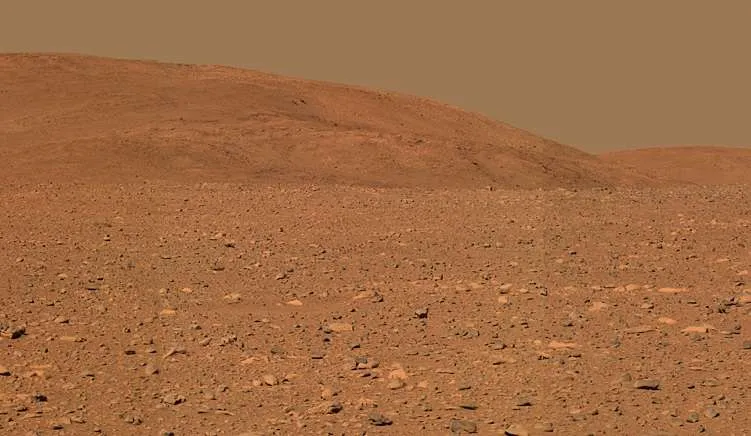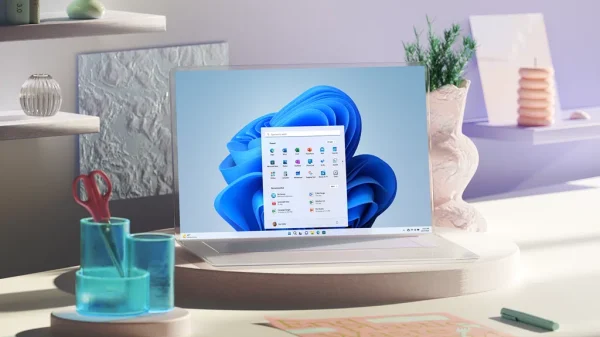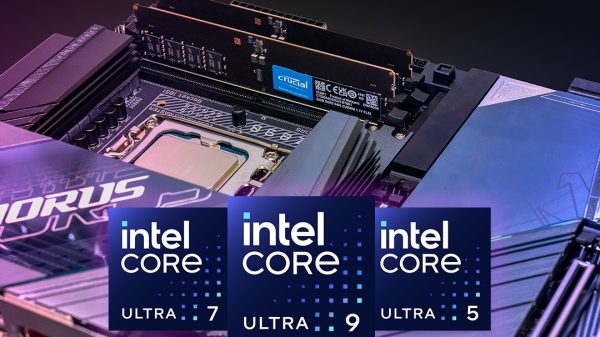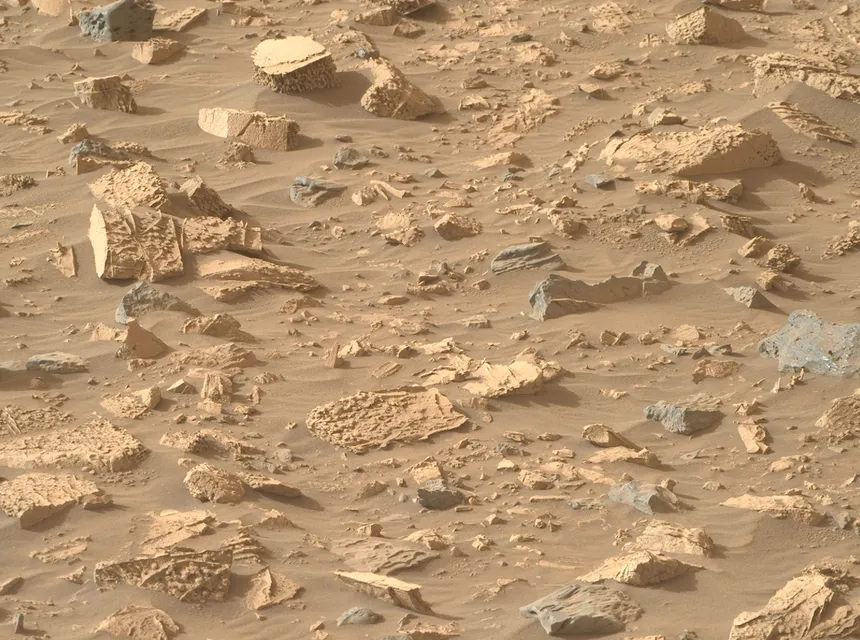A recent surge in solar storms has had far-reaching effects on our planet, with breathtaking aurora displays visible across much of the globe. However, these intense energy releases from the sun also have significant implications for Mars, which NASA’s Curiosity rover is actively monitoring. The rover’s navigation cameras, used to capture images of dust devils and wind gusts, have been affected by the solar storms, producing striking specks across the images.
These charged particles from the solar storms hit the camera, creating a kind of “snow” or “static” effect that can be seen most clearly in animations. Two animations from Curiosity’s Navigation Camera (MSL) instrument provide a Look into the intense radiation environment on Mars, where the very thin atmosphere offers little protection against solar storms.
If humans were to venture onto the Martian surface during such a storm, they would be exposed to a significant radiation dose of 8,100 micrograys, equivalent to 30 chest X-rays. Although this amount of radiation is not lethal, it is a significant increase that has researchers contemplating how to protect future astronauts. One potential approach is to utilize the Martian terrain for protection, such as heading below ground, where cliffsides or lava tubes could provide additional shielding.

Mars Radiation Exposure Doubles as Solar Storms Intensify
The effects of the solar storms are not limited to the Martian surface, as NASA spacecraft in orbit around the planet have also been affected. The Mars Odyssey’s cameras were temporarily disabled due to the solar storm, while the Maven orbiter was able to capture stunning images of auroras over Mars. These auroras occur through a different mechanism than on Earth, where Mars lacks a global magnetic field.
The Maven Space Weather Lead, Christina Lee, stated that this was the largest solar energetic particle event that the spacecraft had ever seen, with multiple solar events occurring over the past weeks, resulting in a barrage of particles hitting Mars. The intensity of these solar storms and their impact on Martian radiation exposure have significant implications for any future human missions to the red planet.
NASA is actively studying the effects of solar storms on Martian radiation exposure, as it is crucial to understand the potential risks and develop strategies to mitigate them. The agency is exploring various options for protecting astronauts, including using the Martian terrain and developing specialized shielding. As we continue to explore the mysteries of our solar system, it is essential to prioritize the safety and well-being of any human visitors to Mars.








































